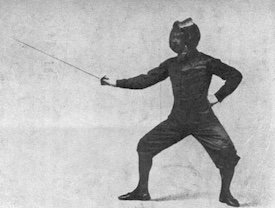We all know that opamps make a difference, it could be subtle, it could be significant, depending of the synergy and the capability of the chain. Assuming we all agree on this, I want to ask why they sound different, going as technical as possible?
We should all agree that opamps make a difference, everything (or even nothing) makes a difference at some level. However, you then jump to “
sound different”, quite a big leap for someone who knows a bit about physics. Opamps operate on an analogue electrical signal, sound on the other hand is a mechanical/kinetic phenomena, physical vibrations/waves travelling through a medium (air in our case). We can quite easily measure differences in analogue signals down to about -120dB and with some math trickery (FFT gain) built-into high quality measuring equipment, differences down to around -160dB to -170dB. However, according to physics, such differences cannot exist as sound in any practical application. If we take a moderately loud but reasonable (not ear damaging) peak level of say 80dBSPL, then a difference measured at say -110dB would therefore be at -30dBSPL but physics dictates that absolute silence (in air) is around -23dBSPL, so our -30dBSPL difference cannot exist as sound, it’s less than half the level of absolute silence! So any question of audibility is moot. In practice of course, speakers/HP do not have infinite resolution and neither does human hearing, so any differences would have to be at least one order of magnitude higher to even be potentially audible.
To answer your question, they don’t sound different, unless they’ve been deliberately (incompetently) designed to sound different.
And, how to measure this difference?
A null test as VNandor suggested will detect all differences. A good measuring device (AP555 for example) will measure specific differences, noise, distortion, FR, etc.
Just few days ago the owner of the audio science board (I don't want to post a link) made a quite flamboyant and arrogant statement that all opamps sound the same because the distortion and noise with a sine wave and a sweep are identical.
That’s neither flamboyant nor arrogant, it’s entirely in line with science and with countless objective measurements of opamps.
How to finish this discussion once and forever with hard facts, not just listening?
This discussion was finished once and forever, opamps were invented in the 1940’s and the discussion was over around half a century ago. The only place it still exists is in the audiophile community and that’s because the audiophile community is driven by the marketing of audiophile equipment manufacturers, many of whom rely on misrepresenting “this discussion”. To justify adding two or three zeroes to the price of an OpAmp, you need something other than “they all sound the same”!!
G






















 ). In practice the gain is not infinite but very high (some 100dB or higher), and possibly far from ideal linear.
). In practice the gain is not infinite but very high (some 100dB or higher), and possibly far from ideal linear.